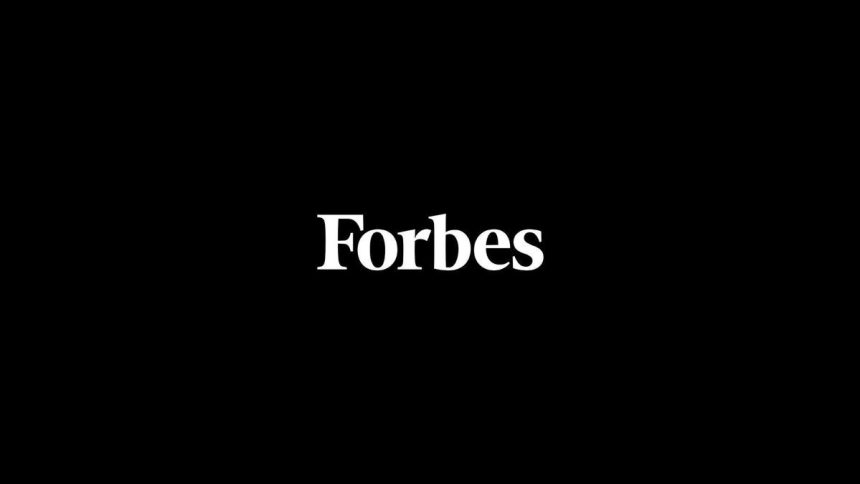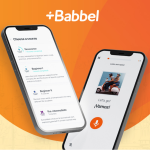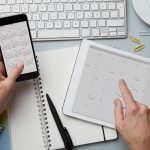Seventy million people in the United States have learning and thinking differences, such as dyslexia and ADHD, according to Understood.org. That’s roughly one in five people. Yet, according to a Universum EB Now report in 2020, only 7% of companies globally have neurodiversity recruiting plans in place. The current workplace is not set up for the neurodiverse to succeed, and they often encounter bias from others who dismiss them because they don’t follow the norm. This is a huge opportunity for companies, because when the neurodiverse are aligned with jobs they are most qualified for–they outperform their peers.
To shed light on the stigma this community faces, I recently gathered a group of advertising and marketing industry leaders who identify with it, and those creating awareness for it.
Moving Perceptions From Stigma to Strength
The term neurodiversity was coined by autistic sociologist Judy Singer in her 1998 thesis that stated: “It’s an immutable fact that every brain is different.” Those differences are strengths, although many neurodivergent workers feel that it will be viewed by their managers as a weakness.
When speaking of DEI, many differences factor in – age, gender, race, ethnicity, sexual orientation, faith or disabilities, but we haven’t addressed neurodiversity as part of that, said Marla Kaplowitz, president and CEO, 4As. “We have to train managers how to work with all different kinds of people.”
Chris Sojka, CCO and founder of Madwell, said it’s often at the bottom of the list, because, “A workplace is about scale and efficiency, and making time to understand about the nuanced way individuals think and work goes against that.”
“I was told multiple times I wouldn’t succeed because I couldn’t read what was on a screen,” said Nathan Friedman, co-president and CMO, Understood.org. Friedman, who is dyslexic, said we’re conditioned to conform to the way someone else wants something done.
Often, not conforming to business norms can result in the most original work. Sojka, who created his own agency, Madwell, said, “In a creative environment, give people the opportunity to explore their brains the way they naturally want to… and for them that may mean staying up all night and delivering a project at 3 a.m.”
Neurodivergent workers not only excel in creative roles, but in other highly valued technology and data-focused positions that may be less client-facing and socially interactive, but equally important to a business’s bottom line. This is why it’s so important to take proactive steps to be more inclusive of those who learn and process things differently. Driving awareness starts by including this invisible segment when building teams, developing creative and creating partnerships.
Visually Representing the Invisible
“We work with brands looking to attract neurodiverse to their companies,” said Dr. Rebecca Swift, global head of creative insights at Getty Images. “But when we looked at what type of content they were using, they weren’t authentically representing people with disabilities.”
About 50-60% of disability that’s represented in the media is physical disability because it’s visual. This includes people with wheelchairs and those who have prosthetics. But disability comes in many different shapes and forms, so how do you represent an invisible disability that feels relevant, modern and authentic to the people in that community? Ask them.
Getty worked with Mindshare and Hiki, an app for the autistic community, and engaged with autistic influencers to present themselves to the world through social media. The goal was to create a collection of images that specifically represented their community.
“We wanted it to be bright and colorful and represent the diversity within neurodiversity. How do they live their lives, their days?” asked Swift. “The shoot that really surprised me was a group of housemates making dinner, separately. I had never seen that visualized, I had always seen people happy in the kitchen messing around, interacting…not people in the kitchen doing their own thing which was incredibly resonant to our autistic creators.”
Inclusive Design Benefits All
“Every single one of us is using an assisted device right now…you’re using a phone with a touch screen,” said Christina Mallon, head of inclusive design at Microsoft. “This was created as an assisted device for someone who had carpal tunnel syndrome, was bought by Apple, and is now in all of your phones, even your Android phones.” That’s just one of the inventions created for people with disabilities and is now available to all. Others include curved keyboards, e-readers with adjustable print sizes and everyday voice assistants. When you design for one group, it extends to many.
“I use closed captions because I’m hard of hearing,” shared Amanda Morris, disability reporter for The Washington Post. “But so many people use them. 70% of users are not deaf or hard of hearing. They just like captions, especially if you have ADHD, it allows you to focus.”
Immersive reader technology is another example. “While working out I’m able to go through my emails because it reads them aloud,” added Mallon. “This also works for those who are dyslexic.” The best part – these tools are free for everyone to use, there’s no disability tax.
We recently worked with Understood.org to make our experience at Cannes welcoming to the neurodiverse by featuring a specific and easy to read font throughout our event, incorporating directional signage within our physical space and including suggestions for social prompts. These new changes made the experience better for all involved.
Creating Awareness at Work
Kaplowitz said that at the agency level, “Discussions are starting to happen, but it’s not nearly as pervasive as it needs to be. We need to make sure we are being reflective of everyone, because we have different learning styles, different ways of working. We all do strength building exercises, Myers-Briggs…trying to figure out what we each bring to the team and how to make it stronger, and this is just another example.”
This dialogue has to be part of every day, so that the invisible becomes visible. That is what enables understanding of why we do things the way we do. It’s not ego, it’s not narcissism, it’s not unruly insubordination—it’s giving people the opportunity to work in a way in which they perform best.
We all have different learning styles. Some may be more visual, some auditory, some are kinaesthetic (learning in a hands-on environment); whoever is creating needs to focus on their individual learning style. To get there, we need to reinforce the business benefits of inclusion and belonging to those creating company policies and initiatives. Usually those at the top tend to think everyone thinks like them, and as soon as you shake that up, you get different thinkers, different products and – different buyers and audiences.
To learn more, join a free virtual discussion addressing Neurodiversity and more in a celebration of Disability Pride, hosted by The Female Quotient on Thursday, July 27.
Read the full article here










